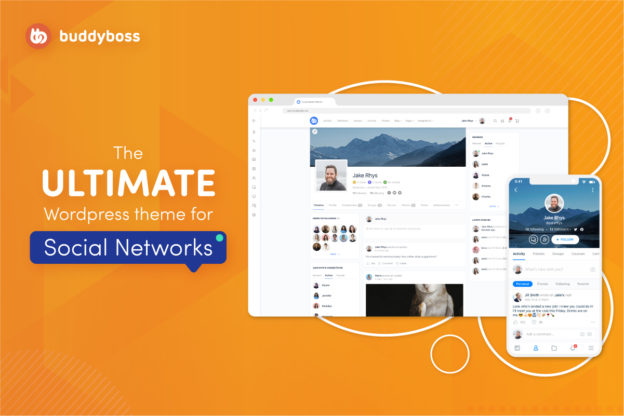If your membership site is slow, it is going to cost you money.
Patience used to be a virtue. Nowadays we don’t have quite as much of it. Online users just don’t wait around for slow load times.
They’ll bounce right off your page if they can’t see it almost instantly, meaning they’re missing your content, driving down your cost per click ratios and killing your numbers.
Why slow sites are expensive
Research has proven that the time it takes to load your web page is directly connected to the number of sales you make. It might seem strange that a few seconds of loading time is enough to make or break a sale.
But that’s the reality.
Research from Akamai has shown that just a one second increase in the load time of a website will result in 7% less conversions. How many people sign up to your website in a year? What would 7% of their total membership fees be? Are you beginning to see why this is important?
Amazon understands how important page speed is. Their own data has revealed that every additional 100ms of page load time is enough to account for 1% of their sales. When you are Amazon, that means shaving 100 miliseconds off the load time of their site is genuinely worth billions.
Your site probably doesn’t make billions, but think of your day to day activities. How many of them will increase your revenue by 1%? Optimizing a website for performance is not a time intensive chore. If you are using WordPress, it’s not even particularly difficult. You can probably save seconds on your load time if your site is currently unoptimized.
That Amazon data is actually ten years old. Do you think the always connected generation of 2019 are likely to be more patient than the generation of 2009? In 2009, 7% of internet users still used dial up connections.
Mobile increases speed expectations
Imagine one of your members has an excellent experience on your site and recommends you to a friend. The likelihood is that these friends won’t be hanging out around a laptop in their house. They are more likely to be in a public place. Your member’s friend takes the recommendation seriously so takes out his phone to look up your site.
But the connection isn’t great. Your site isn’t optimised for speed and it’s taking ages. Your member isn’t a paid sales rep and changes the subject to something else. His friend gives up on waiting for your slow loading site and engages in conversation. Your site is forgotten.
With mobile the numbers are even more dramatic. On mobile, a one second delay will lose you 20% of your conversions. Mobile users are now responsible for more than half of all internet traffic. The average page still takes more than 15 seconds to load on mobile, however. With the benchmark set so low, this could be considered an opportunity to gain a competitive advantage.
One way of fixing this is by turning your site into a native app, assuming your content lends itself to one. Users who subscribe to your content or belong to a community are the prime audience for a fast mobile app that keeps them engaged throughout the day – and native apps load your content ten times faster.
Another negative impact of a slow site is that it will impact your SEO ranking. Google is very concerned with page speed, and with good reason. Google’s prerogative is to give their users a great user experience. If Google isn’t the best search engine, users have plenty of alternatives. If Google sends their their users to infuriatingly slow loading sites, they haven’t delivered a good experience.
You shouldn’t expect to see your site shooting up the ranks if you can get it to load in 0.3 seconds. You can expect your site to be penalised in search rankings if it loads in more than 3 though.
How fast should your site be?
There is no strict rule about how fast your site should be, or which page speed metric to use. Unless it’s absolutely packed with features, loading in two seconds shouldn’t be overly ambitious. 53% of users will abandon a site that takes more than three seconds to load. Aiming for under two seconds should be sufficient to avoid such a huge bounce rate.
If your site is full of images, functionality and other assets that slow it down, make sure the most important content appears first. If you have some JavaScript functionality and images at the bottom of your page, off screen, make sure to load them last. You can do this with techniques such as lazy loading images and asynchronous JavaScript. Prioritize the content your user sees first. Your site might fully load in three seconds, but ensure it is functional in less. As long the site is functional to the user within two seconds you can continue loading while they begin using your site.
Page speed is fundamentally about user experience. There’s plenty of other websites that can meet a user’s needs. Your user won’t be prepared to wait around to see your solution. If people aren’t waiting, they aren’t paying. Make that wait time as small as you possibly can, and don’t let your site’s load time impact your bottom line.












 © All rights reserved, BUDDYBOSS LLC 2024
© All rights reserved, BUDDYBOSS LLC 2024




